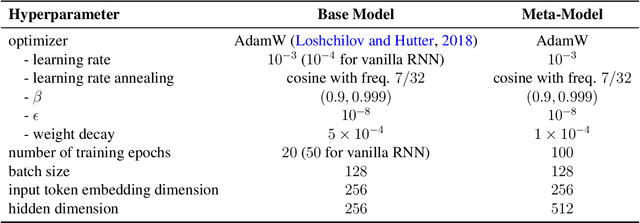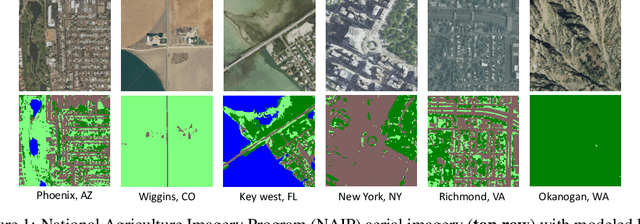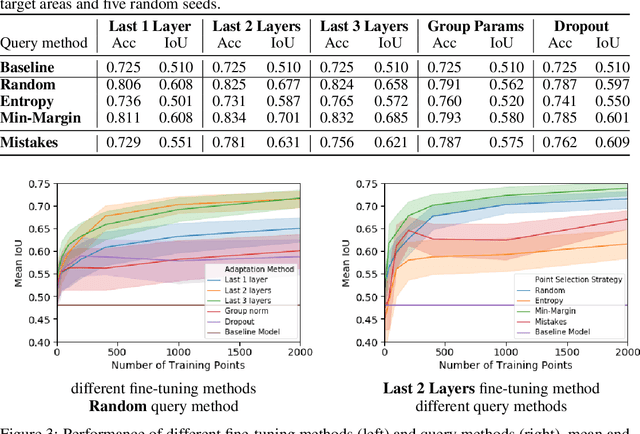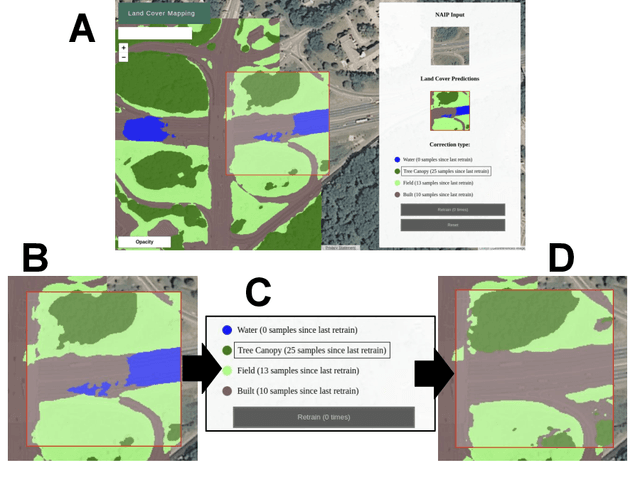Blake Elias
Analyzing Populations of Neural Networks via Dynamical Model Embedding
Feb 27, 2023



Abstract:A core challenge in the interpretation of deep neural networks is identifying commonalities between the underlying algorithms implemented by distinct networks trained for the same task. Motivated by this problem, we introduce DYNAMO, an algorithm that constructs low-dimensional manifolds where each point corresponds to a neural network model, and two points are nearby if the corresponding neural networks enact similar high-level computational processes. DYNAMO takes as input a collection of pre-trained neural networks and outputs a meta-model that emulates the dynamics of the hidden states as well as the outputs of any model in the collection. The specific model to be emulated is determined by a model embedding vector that the meta-model takes as input; these model embedding vectors constitute a manifold corresponding to the given population of models. We apply DYNAMO to both RNNs and CNNs, and find that the resulting model embedding spaces enable novel applications: clustering of neural networks on the basis of their high-level computational processes in a manner that is less sensitive to reparameterization; model averaging of several neural networks trained on the same task to arrive at a new, operable neural network with similar task performance; and semi-supervised learning via optimization on the model embedding space. Using a fixed-point analysis of meta-models trained on populations of RNNs, we gain new insights into how similarities of the topology of RNN dynamics correspond to similarities of their high-level computational processes.
Human-Machine Collaboration for Fast Land Cover Mapping
Jun 26, 2019



Abstract:We propose incorporating human labelers in a model fine-tuning system that provides immediate user feedback. In our framework, human labelers can interactively query model predictions on unlabeled data, choose which data to label, and see the resulting effect on the model's predictions. This bi-directional feedback loop allows humans to learn how the model responds to new data. Our hypothesis is that this rich feedback allows human labelers to create mental models that enable them to better choose which biases to introduce to the model. We compare human-selected points to points selected using standard active learning methods. We further investigate how the fine-tuning methodology impacts the human labelers' performance. We implement this framework for fine-tuning high-resolution land cover segmentation models. Specifically, we fine-tune a deep neural network -- trained to segment high-resolution aerial imagery into different land cover classes in Maryland, USA -- to a new spatial area in New York, USA. The tight loop turns the algorithm and the human operator into a hybrid system that can produce land cover maps of a large area much more efficiently than the traditional workflows. Our framework has applications in geospatial machine learning settings where there is a practically limitless supply of unlabeled data, of which only a small fraction can feasibly be labeled through human efforts.
 Add to Chrome
Add to Chrome Add to Firefox
Add to Firefox Add to Edge
Add to Edge